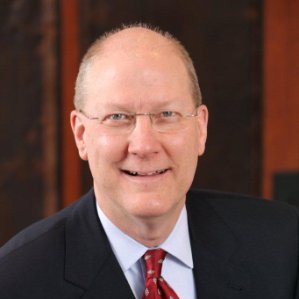Tuesday, August 19, 2014
 By Michael Myers, Managing Director, The Rockefeller Foundation
By Michael Myers, Managing Director, The Rockefeller FoundationThis post originally appeared on the Rockefeller Foundation website here.
More than 60 percent of the global workforce comprises informal workers. That's 1.8 billion people who work without the protection of regulations or other social safety nets like health care. Their families tend to live in informal communities or slums. In many ways, they live off-the-grid.
As the number of informal workers is projected to grow, many of us are examining new ways of working with these communities to meet their health needs. This requires new ways of thinking as new insights emerge from these vibrant economies, whose surrounding communities often are invisible or ignored. These communities face a host of seemingly intractable challenges. We believe that tapping into their many positive attributes leads to a greater chance of success in developing effective and durable approaches to their health and other needs.
Here are a few things that we've learned so far.
In designing approaches to their health needs, we must understand informal workers better. It is not sufficient simply to know that they are construction workers and vendors, maids and waste pickers. We have come to know them also as highly networked individuals. They must be networked to land the next job and care for their families. So health programs could tap into those networks to provide effective care. Informal workers have little spare time because typically if they aren't working they don't get paid. So services need to come to them since they have no time to go miles away for services, except in dire emergencies. They view their health as an asset that they must protect because their livelihoods depend on it. So we should respect that desire and co-create interventions with informal workers that meet their needs.
Informal communities tend to be dynamic and entrepreneurial with their own noisy networks and social structures. They can be difficult for the formal world to understand and connect to them. But bridging the formal-informal divide is possible. Many government agencies and private businesses need someone to serve as a bridge—to bring order out of the seeming chaos of informal communities—before they can work and invest there. In one instance in India, a large health insurer decided to provide low-cost policies in informal communities only after a major informal community group agreed to market and sell the insurance. The informal community group also provided the business analytics that the large formal insurer needed to serve as underwriter.
In designing approaches to the health needs of informal workers, more funding is not the top priority. Some even say money is not an object. That is because businesses are eager to tap into this huge market and might help address health needs. In major markets in Africa, for example, mobile phone carriers are eager to add services to their mobile platforms that will encourage brand loyalty. Some government agencies have health funds that could be released if they only understood informal communities better. Informal workers themselves, while most often poor, have shown a willingness to contribute their own resources to pragmatic programs that meet their families' needs. The challenge is to develop innovative approaches that tap into these resources from corporations, governments, and individual families.
There is a wide lack of awareness and knowledge that most of the world's workforce is informal. Even many of those who work on global human needs every day are unaware of its size and impact. We need to turn this around, which is why The Rockefeller Foundation is right now exploring innovations that might hold the promise of doing just that. After all, across most of the planet, informal workers make up the majority of the labor force.
